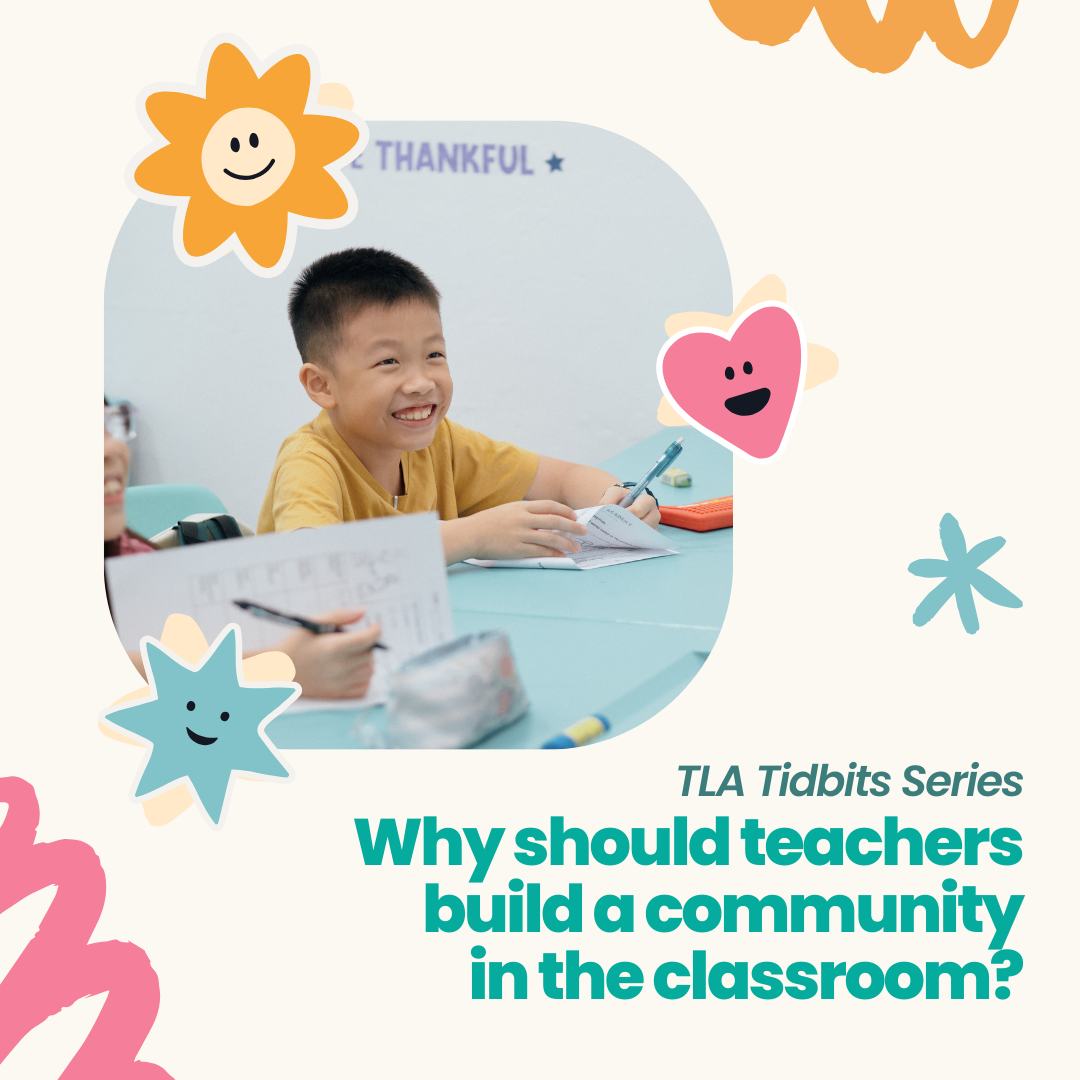Building a strong community of learners in the classroom is foundational for student growth and success. As educators, we are not just facilitators of content; we are leaders who shape the environment in which students grow both academically and personally. Establishing a collaborative culture that fosters respect, responsibility, a positive learning attitude, and resilience is key to this goal.
Why Is It Important to Build a Community of Learners?
A community of learners is essential because it transforms the classroom into a space where students feel empowered to take ownership of their learning. It encourages collaboration, where learners support one another, share ideas, and build on each other’s strengths. In such a community, students are motivated not just by personal achievement, but by the success of the group as a whole. This collective mindset helps them develop critical life skills such as empathy, responsibility, and resilience, which are as important as academic knowledge.
How Can We Build a Community of Learners?
1. Provide an Inclusive and Welcoming Physical Environment
The classroom should feel like a space where students are valued, respected, and where boundaries are clear. At TLA, we set classroom rules that emphasize effort, respect, and responsibility. A key aspect of this is our reward chart system, which allows us to celebrate the effort and progress of each student, reinforcing the idea that learning is a journey. Furthermore, students are asked to set expectations for themselves at the start of each lesson, whether it’s listening attentively or being mindful of their work. This practice promotes self-reflection and accountability, helping students actively engage in their own learning process.
2. Create a Psychologically Safe Space
Mistakes are a natural part of learning, and fostering a culture where students feel safe to make mistakes is crucial. For example, when I make an error while writing on the board, and a student points it out, I make it a learning moment by thanking the student, correcting the mistake, and moving forward. This simple act shows students that making mistakes is not something to fear—it’s an opportunity to grow. When students see their teacher model humility and resilience, they are more likely to take risks, learn from their errors, and support each other in the process.
3. Celebrate Success
Recognition of effort and achievement is a powerful motivator. At TLA, we celebrate students’ hard work through reward charts, acknowledging their commitment and progress. These celebrations, whether large or small, build a culture of encouragement where students feel proud of their learning journey. Celebrating success not only boosts individual morale but also strengthens the community as a whole, as students recognize each other’s efforts and achievements.
4. Encourage Reflection
Reflection is a key component of personal growth. At the end of each lesson at TLA, students complete an “exit ticket,” where they reflect on their learning and note their key takeaways. This practice helps students become more mindful of what they have learnt, encourages personal responsibility, and helps them track their progress over time. It also provides valuable insight into each student’s learning process, allowing educators to better support their development.
5. Provide Consistent Feedback and Encouragement
In smaller learning environments, such as the one at TLA, consistent feedback becomes a cornerstone of student development. Teachers are able to offer regular feedback, both to students and their parents, which helps track and support literacy development and personal growth. Consistent, constructive feedback paired with encouragement helps students stay motivated and aware of their progress, reinforcing the idea that learning is ongoing.
Conclusion
Building a community of learners is more than just creating a space for education—it’s about fostering an environment where respect, responsibility, reflection, and resilience thrive. At TLA, our practices—from reward charts to reflective exercises—are designed to build a classroom culture where students not only succeed academically but grow as confident, responsible, and collaborative learners.




